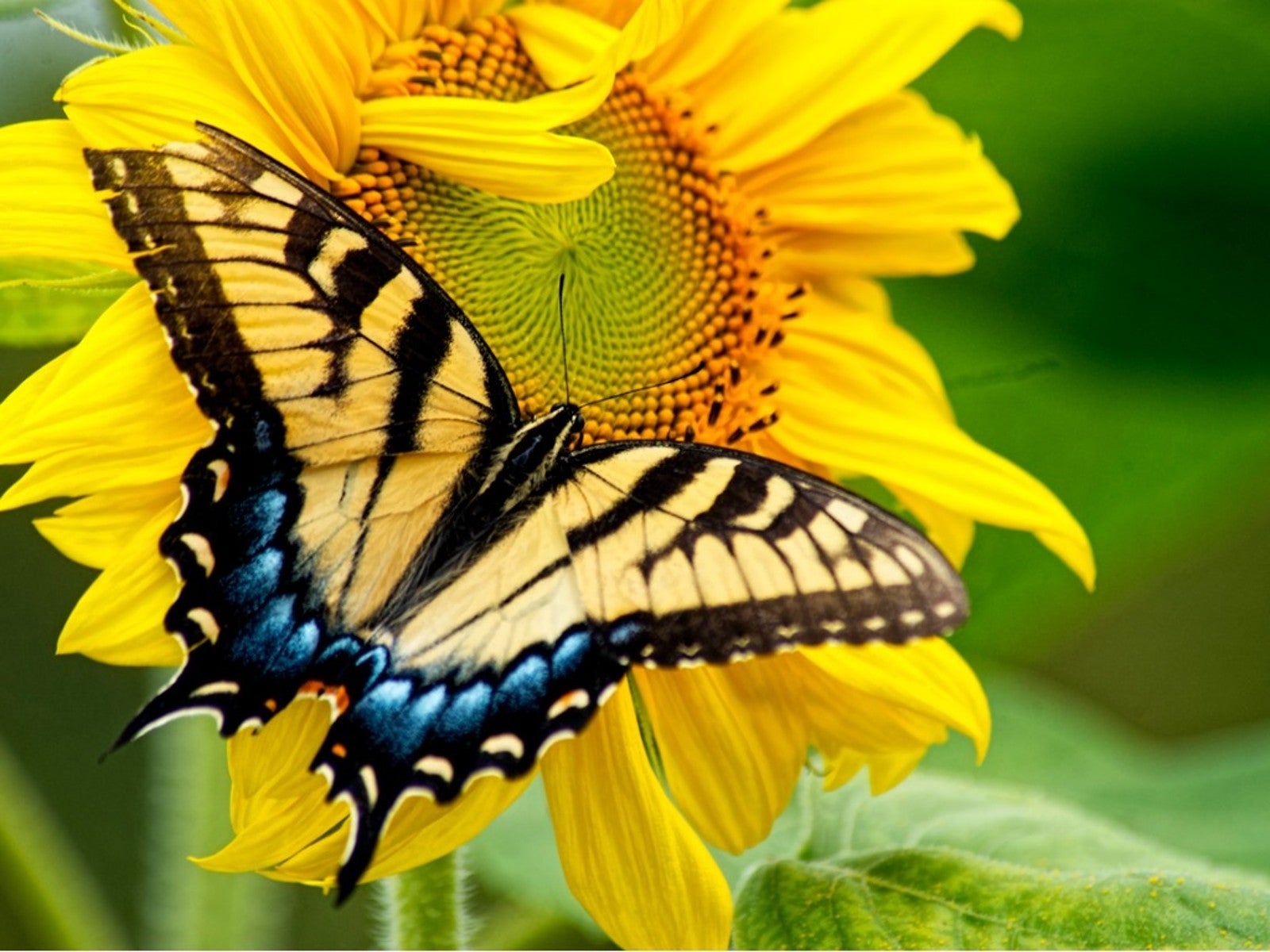Attractive Annual Flowers For Pollinators


Growing flowers is an essential aspect of creating a thriving backyard ecosystem. In addition to beautifying beds and borders, planting annuals for pollinators is a great way to ensure access to their much needed nectar and pollen. Nectar and pollen are essential to many insects as a means to feed. Learning more about different types of annual flowers for pollinators can help growers select plants which are best fit for their own landscape. Below, we have outlined some of the best annuals for pollinators.
Annuals for Bees and Butterflies
- Borage - Borage is one of many ideal annuals for bees. Often grown as a companion plant in vegetable gardens, borage is seldom affected by disease or insect pressure. Brilliant blue flowers, which open in very early summer, serve as a magnet to various species of bees. When allowed to set seed, borage is known to freely volunteer in the garden for years to come.
- Celosia - Several types of cut flower can also be used as pollinator annuals. Celosia is one such example. Cockscomb, plume, and feathered celosia types produce a vibrant range of color in the landscape. It is not uncommon for each celosia plant to attract several pollinators at a time. Celosias are available in both tall and dwarf varieties.
- Dahlia - Dahlias are among the best pollinator annuals for late season gardens. As the arrival of the first frost approaches, many plants have ceased blooming for the season. Fortunately, dahlia tubers and those which have been grown from seed, can serve as a valuable resource for insects. Though double varieties may add more appeal to the landscape, single daisy-shaped blooms are best.
- Salvia - Annual types of salvia are an excellent addition to flower beds that receive full sun. Though the color range of salvia plants is limited, gardeners do have several options in terms of size. Both tall and dwarf specimens are especially attractive to bees, butterflies, and hummingbirds.
- Sunflowers - Sunflowers are often among vegetable gardeners’ most favored annual flowers for pollinators. Though tall cultivars can add dramatic height to the growing space, shorter types offer the same value in terms of beauty and their ability to feed insects. Select heirloom or open-pollinated varieties to ensure that blooms are both pollen and nectar rich.
Sign up for the Gardening Know How newsletter today and receive a free copy of our e-book "How to Grow Delicious Tomatoes".

Tonya Barnett has been gardening for 13 years. Flowers are her passion. She has transformed her backyard into a cut flower garden, which she regularly chronicles on her YouTube channel http://www.youtube.com/@tonyawiththeflowers.